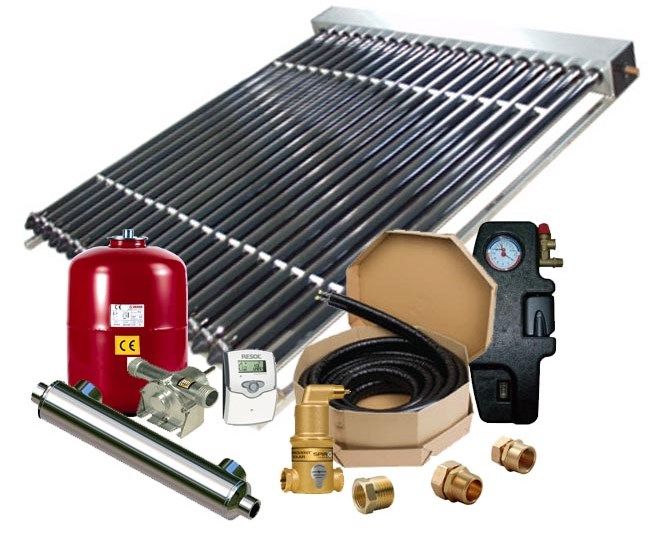Most pool owners understand the
significant advantages of solar heating systems. These systems provide
maximum cost savings for heating their pools. Most pools are used for
seasonal purposes and, as such, are only used during the summer.
Investing in solar pool heaters can be a tremendous advantage for pool owners. The Northern Lights solar pool heaters
can be integrated so that they supply heat to the pool during summer
and provide home and space heating and residential hot water in winter.
However, solar pool heat exchangers are the essential features of solar pool heaters.
As an integral part of solar pool heating systems, they help transfer
heat energy between two liquids effectively. Both liquids, like water
and glycol, can have different physical properties. They may be
separated because of the various operational pressures. Whatever the
reason, the solar pool heat exchanger allows energy transfer without any
heat loss.

There
are two different types of solar heat exchangers available, i.e.,
brazed plate heat exchanger and tube in the shell heat exchanger.
Brazed Plate Heat Exchanger
This heat exchanger is used for solar home heating purposes like solar radiant floor heating and solar snow melting.
Tube-in Shell Heat Exchanger
The
heat exchanger is used for solar pool and hot tub heating purposes.
Three variables are essential in transferring energy when using a solar
heat exchanger.
- The heat transfer area surface separating both liquids
- Rate of flow between two heat transfer fluids
- Pressure drop around both sides of the heat exchanger
The
increase in surface area will minimize the difference in temperature
between both sides required to drive the heat transfer. The greater will
be the power, the heat exchanger can be able to handle a fixed
differential temperature.
When
the flow rate increases, it is more turbulent, increasing heat
transfer. Mostly, it determines the differential temperature from inside
to the out ports—the less restrictive the heat exchanger is to flow
while lowering the pressure drop. As a result, the lower the wasted
energy required to pump fluid through the heat exchanger.
A
brazed solar plate heat exchanger has approximately the same pressure
drop on every side and provides a large heat transfer area, given the
volume of the heat exchanger. The solar pool heat exchanger is
specifically designed to handle the high flow and produce a slight
pressure drop on the poolside of the heat exchanger.
The
physical direction of flow in the heat exchanger is recommended to be
in opposite directions. This concept is well-known as Counter Current
Flow. This is because the hot and cold fluids run in opposite directions
to produce a more uniform differential temperature gradient around the
heat transfer area. However, it often results in greater heat transfer
than the fluids running in the same or concurrent direction. Therefore,
the hot and cold in the solar pool heat exchanger should enter from
opposite directions.
Bottom Line –
Do you want to learn more about solar pool heat exchangers used in solar pool heaters? Contact Northern Lights Solar Tubs at +1 (800) 317-9054.

No comments:
Post a Comment